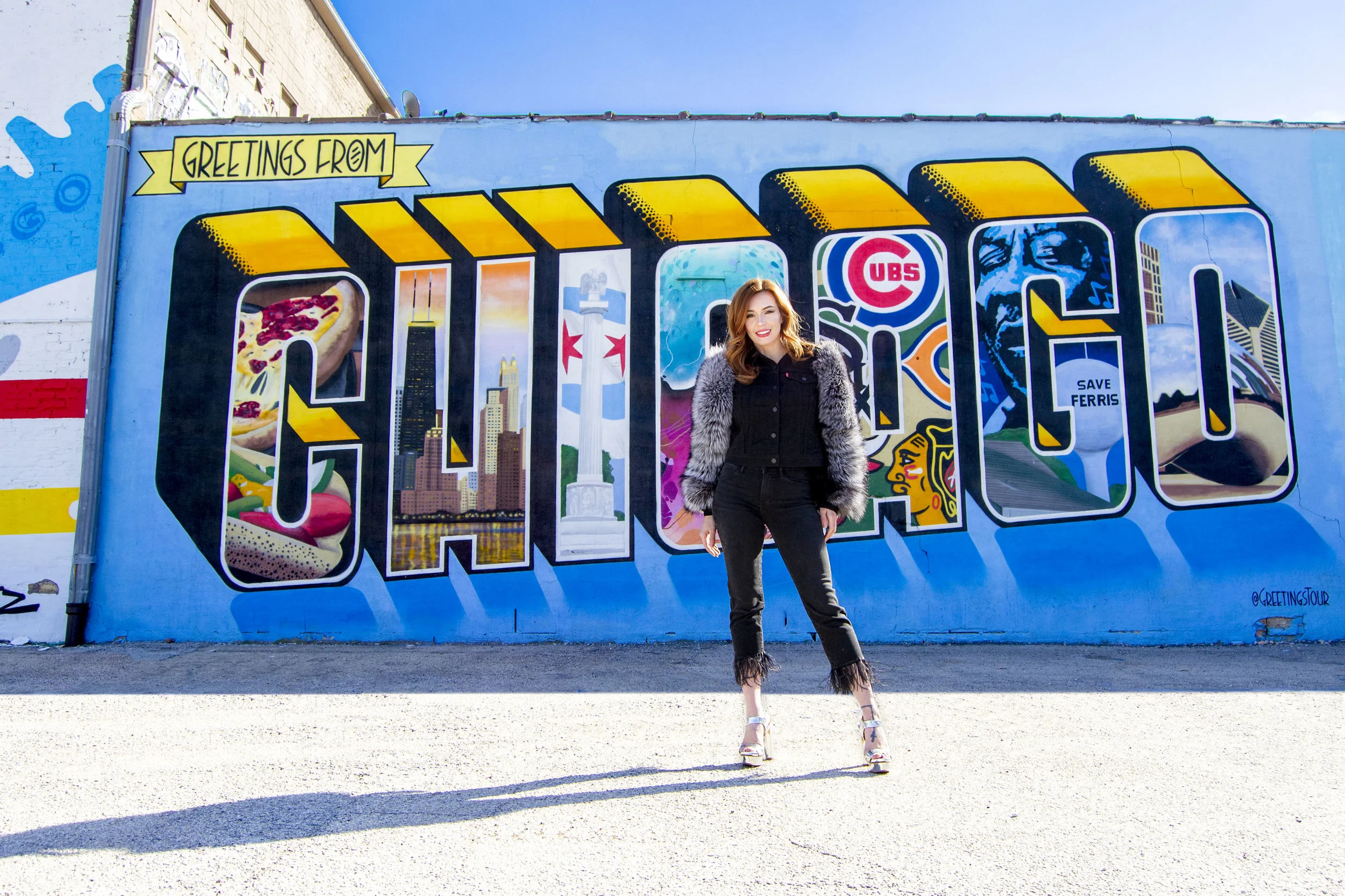How fur bans across the country are affecting the fur industry - and what it could mean
for an underrepresented city
The rise of morality causes across the country certainly are no longer limited to politics; the influence of what is just has entered the fashion sphere. In 2018, design houses Burberry, Versace, Michael Kors and Gucci announced their decisions to go fur-free. Just this February, Los Angeles passed an ordinance banning the sale, manufacture, or trade of fur clothing and accessories, being the largest city in the United States to do so. Meanwhile, New York City has proposed a fur ban with similar terms but altogether a much graver ripple effect.
With a climate much more suitable for fur, the history of fur manufacturing and culture is much more richly intertwined in New York City, as opposed to Los Angeles. In terms of manufacturing, fur is a highly specialized industry. As individual as each species of animal, so is the training that is required to work with the varying material. What a sable, or chinchilla pelt requires is highly different from something denser, heavier, sturdier, like a coyote or wolf. I’ve been fortunate enough to learn these differences, and have the experience of being taught first-hand by a master furrier at the School of the Art Institute of Chicago. However, many of these trainings have been passed through blood, as a generational business devoted to an art form, and an industry. The knowledge, expertise and craftsmanship cultivated by these artisans is being severely overlooked by proponents of the ban, who are ignoring the insight into a specialized industry that only they possess.. Without its preservation, the techniques of these makers will surely be lost, something that would be an incredible detriment to New York City as a preeminent leader in design, but also the capital of garment manufacturing in the United States.
With the manufacturing and sale of fur garments condemned in Los Angeles and at stake in New York City, it is natural to consider alternative cities as a stronghold for production, and a destination for shopping. Chicago seems an unlikely but viable option. Unlikely, because they heyday of garment manufacturing is long gone (Horween Leather survives, as well as Fishman Fabrics, a testament to both successful generational business and the city’s commitment to world-class manufacturing), but viable in that its location, the “third coast” offers a metropolitan meeting ground between the east and west. It is also a seemingly untapped creative well. With multiple design schools within the city limits, there are a plethora of interdisciplinary students at the disposal of a relocated industry; a resource of both critical minds and skilled hands that could lend themselves toward building something from the ground up. The possibility is neither unlikely nor unbelievable, considering the city of broad shoulders rebuilt itself upon ashes in time to prove itself for the Columbian Exposition, and again by transforming the dilapidated South Side into the Stoney Island Arts Bank.
I fully realize that as a designer my dreams are both opportunistic and optimistic; I see the potential and welcome for a marginalized industry to enter a city that once claimed Marshall Field’s and Sears as its own and rebuild as a destination for luxury commerce, to capitalize on the absence of a garment district and utilize the richness of both culture and talent resources to embrace something I consider a specialized industry and an art form. Should politics intervene again in the country’s largest hub of fur manufacturing, Chicago, the Second City, the third coast, could provide a hospitable and promising refuge.

